Barely a mile along one of Scotland’s great driving roads and already there’s the creeping sense that an unfair fight is unfolding.
The scrap itself is an all-time classic: Aston Martin versus Ferrari, only as we’ve never known it – in all honesty, could never have imagined it, not long ago. As for any unfairness, neither of these brutes is what anyone would call affordable, but one will set you back nearly twice what the other one does, and that surely confers an in-built advantage.
Why? Because when you really get to know the £313k Ferrari Purosangue and £194k Aston Martin DBX707 you realise their eye-watering prices are as much the result of engineering bloody-mindedness and ambition as they are about keeping company shareholders purring.
The Purosangue is even more a juicily profitable product (as they all are at Maranello), but its heinous cost also stems from the fact that it represents modern Ferrari in faintly frightening, parameter-shredding mood. A Bugatti Veyron moment for hot metal of a raised disposition? We’ll see.
Introducing the Ferrari Purosangue and Aston Martin DBX
Quick links: Drivetrains and engines - Interior - Driving Dynamics - Practicality - Verdict
It’s a curious project, the Purosangue. It puts its maker in the unusual position of having something to prove. You have to rewind to 1994 and the F355, which succeeded the less-than-lovable 348 and responded to an NSX-shaped ambush from Honda, to find another time when the company had its back to the wall.
The curious thing is that, this time, Ferrari isn’t reacting to an underwhelming outgoing product or even an especially strong external threat. It’s making the Purosangue because the market for a super-SUV is too large and lucrative to be ignored any longer. But even so: a Ferrari SUV. Bloody hell. Has any car maker ever bated itself this hard?
Ferrari Purosangue vs Aston Martin DBX: Drivetrains and engines
Insecurity can have benefits, though. Rather than cutting corners and letting its new SUV languish as an apologetic footnote of the range, Ferrari has thrown the kitchen sink at it. Propulsion comes courtesy not of the beefy twin-turbocharged V8 from the Roma, as you might expect, but of the 6.5-litre V12 of the 812 Superfast, albeit detuned… to 715bhp.
That was a canny move: drop Maranello’s 12-pot intersection of art and science into a bin lorry and it would sell. Interest in the SUV was said to have surged when it was revealed the V12 was due to serve.
The Purosangue also uses a four-wheel drive system with a two-speed gearbox at the front. It’s a layout that allows the engine to be rammed back beneath the scuttle in true front-mid-engine fashion, so the car’s distribution of mass is a peachy, thoroughbred-sounding 49:51.
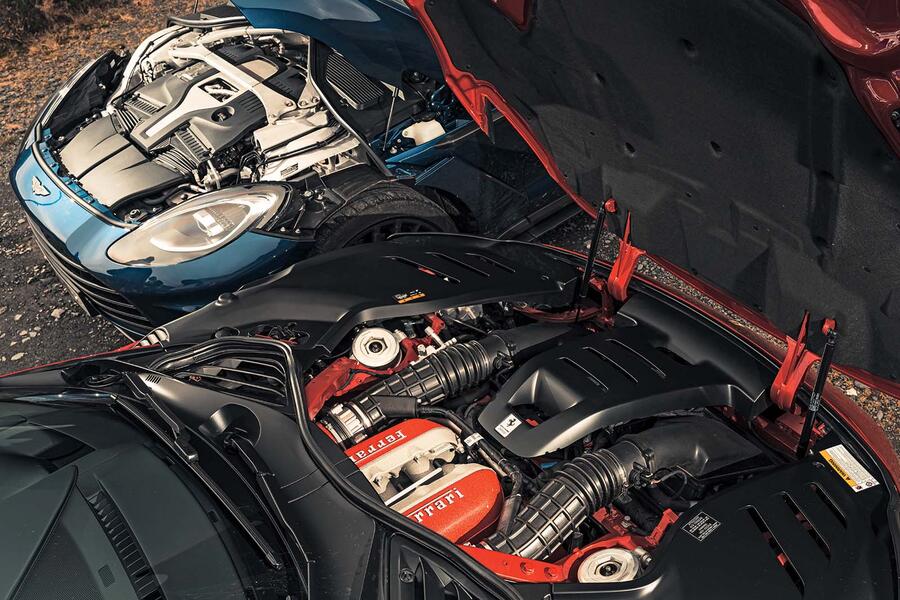

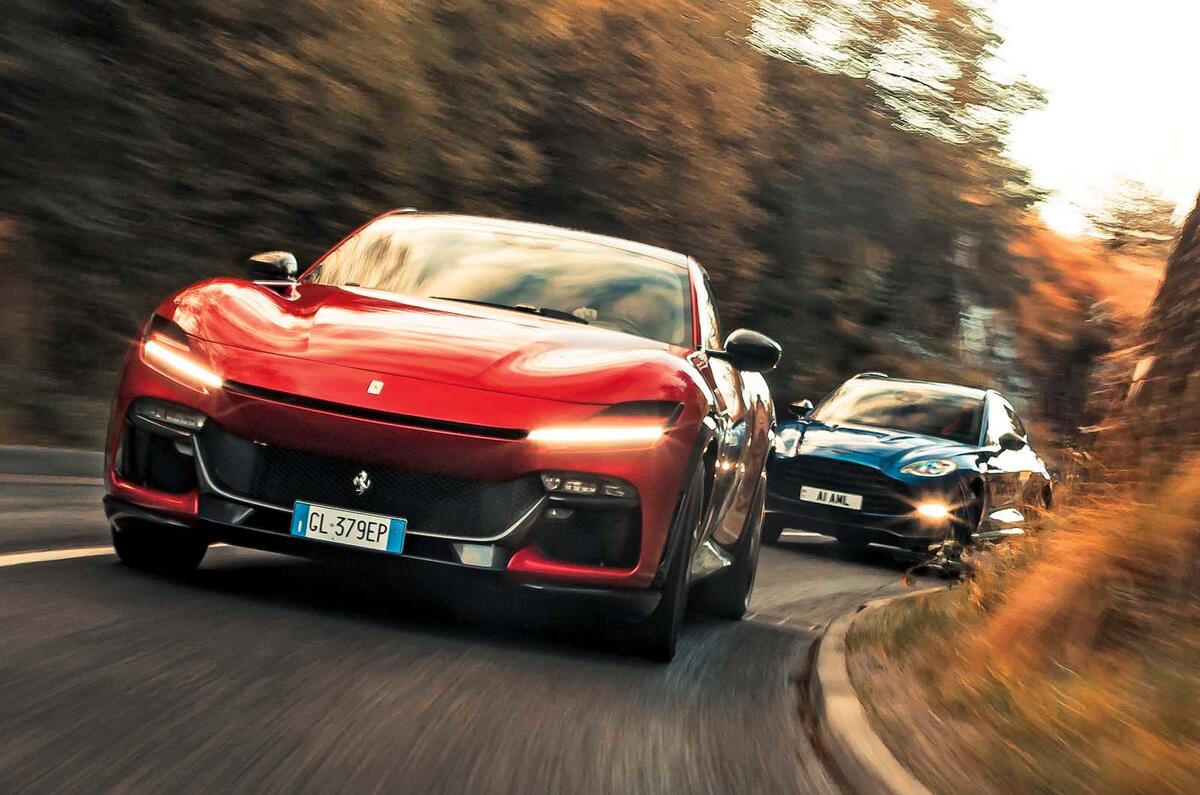
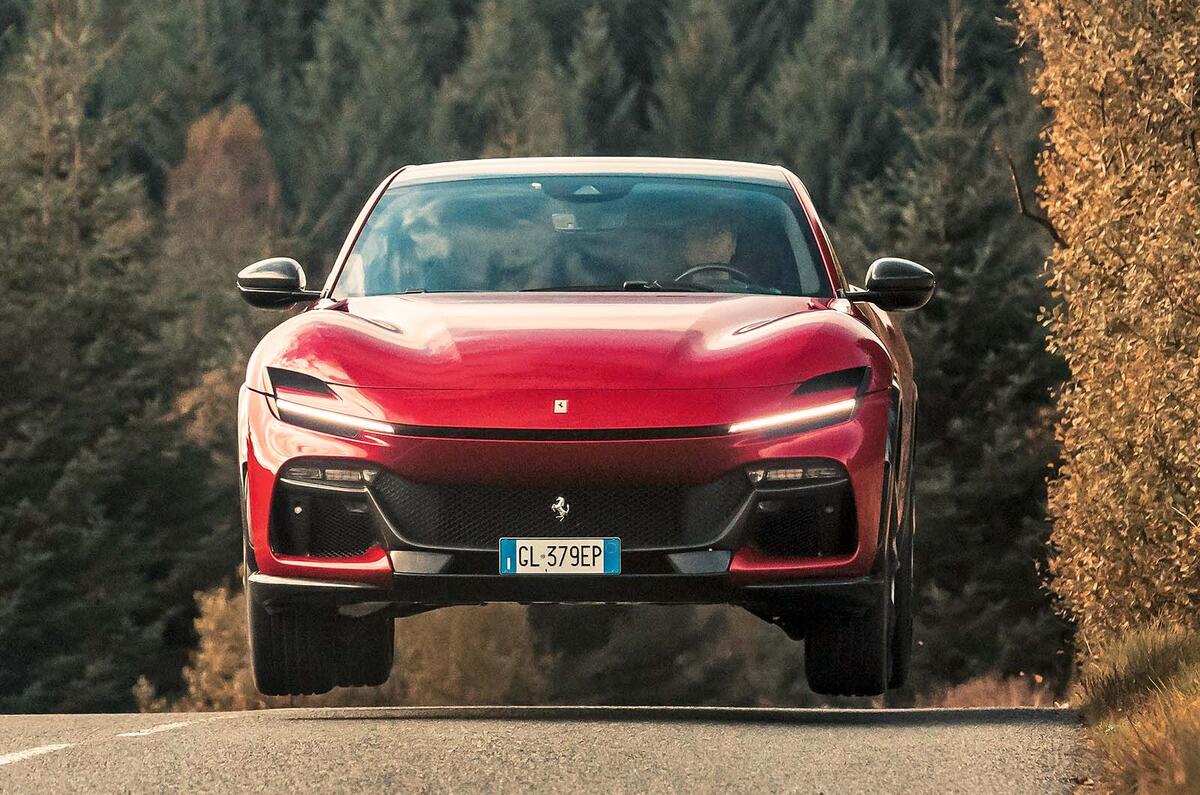

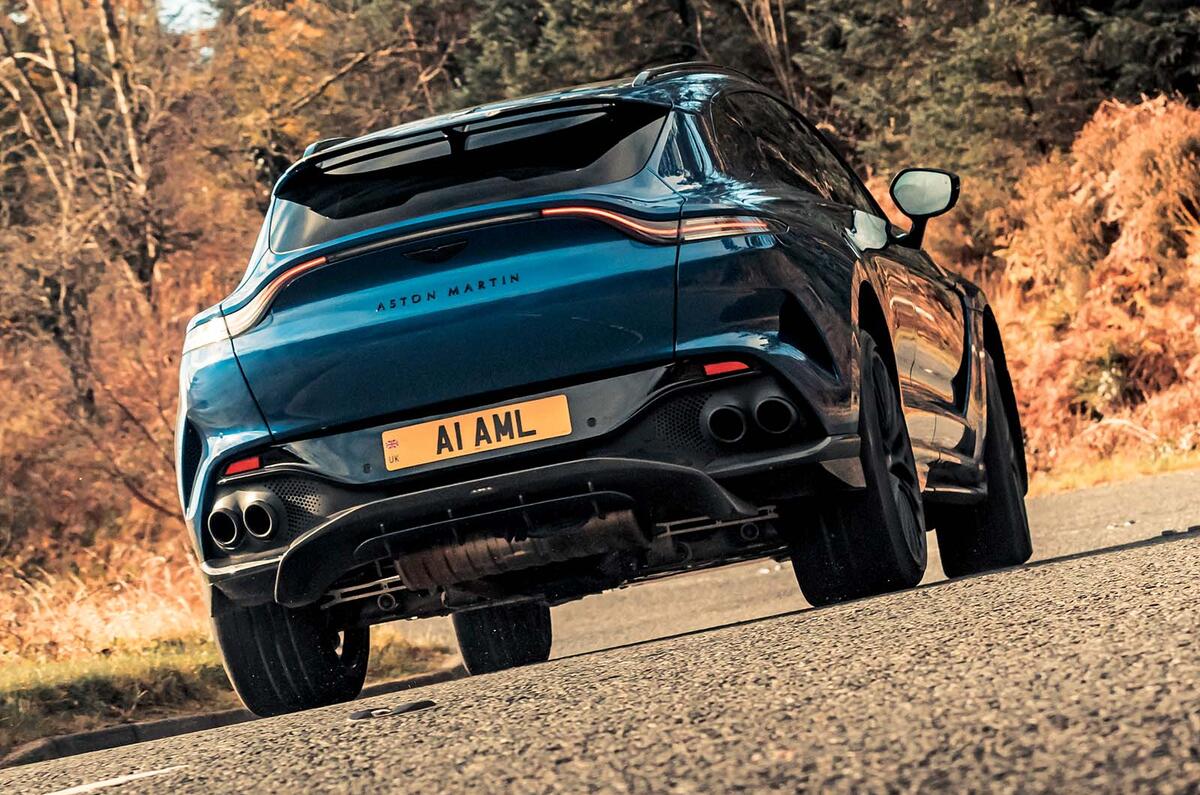

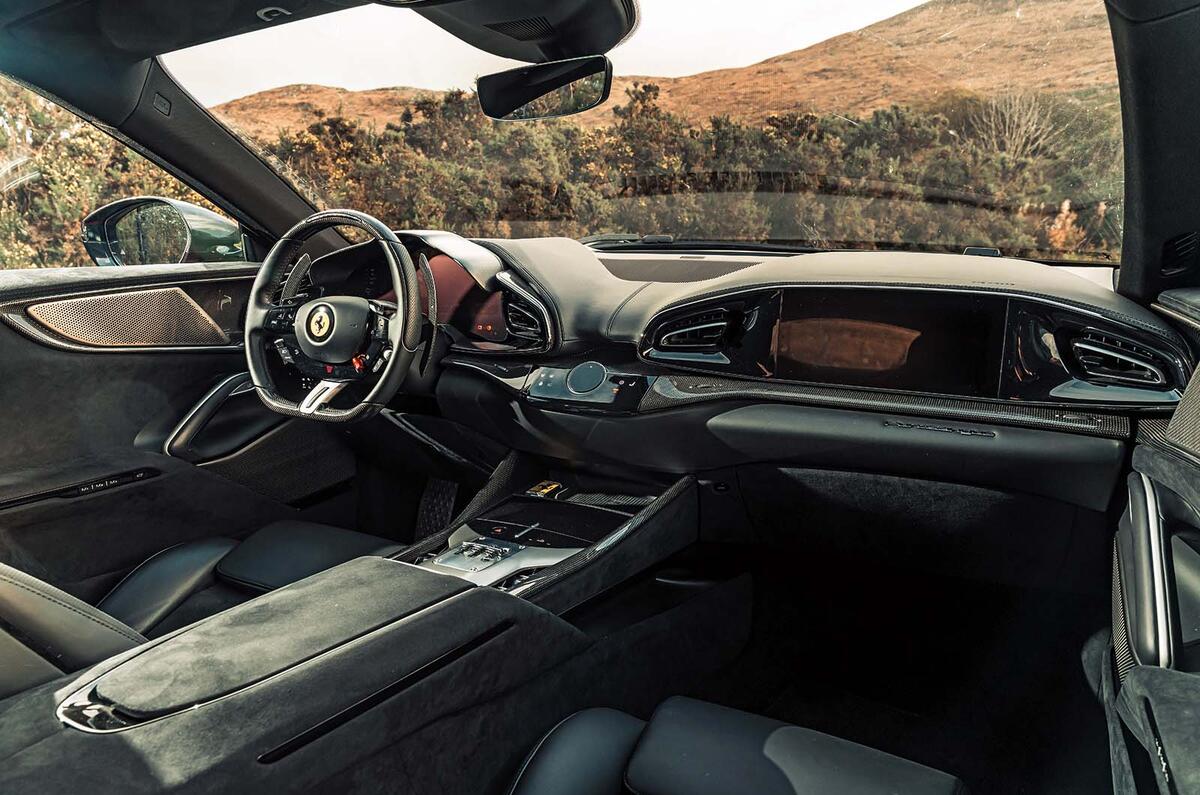
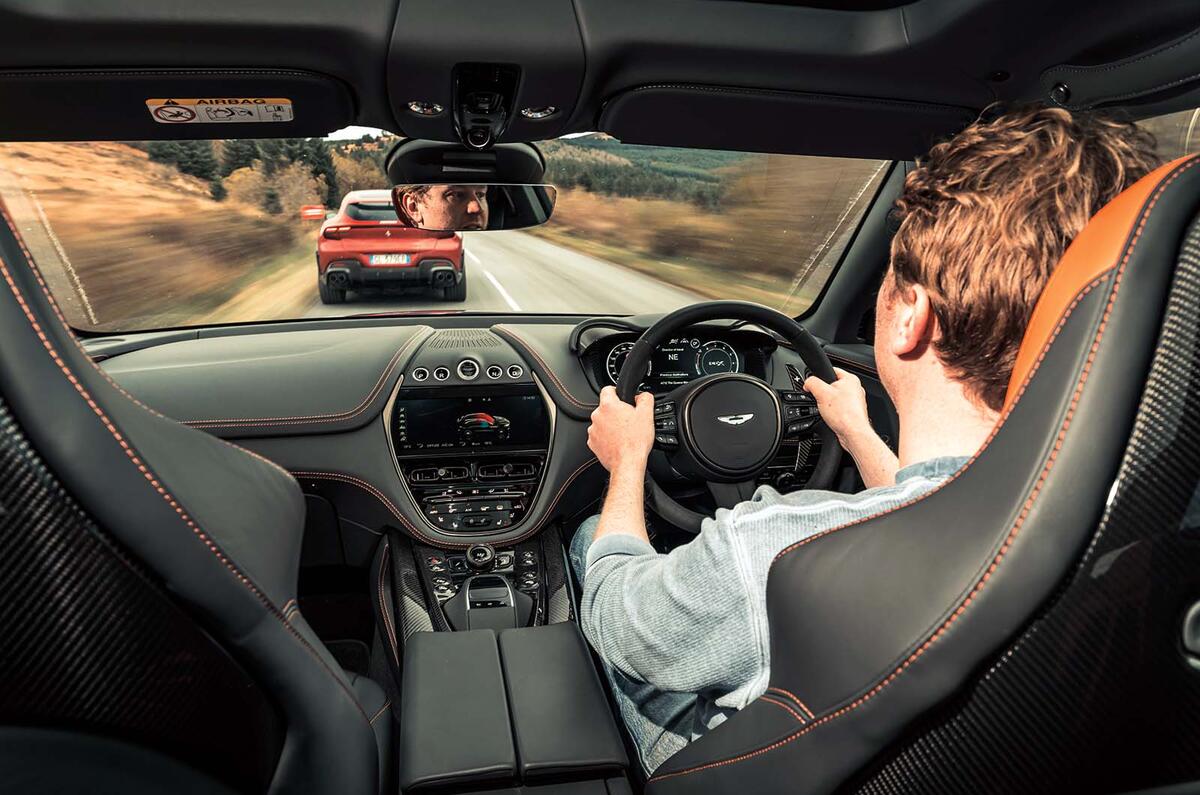
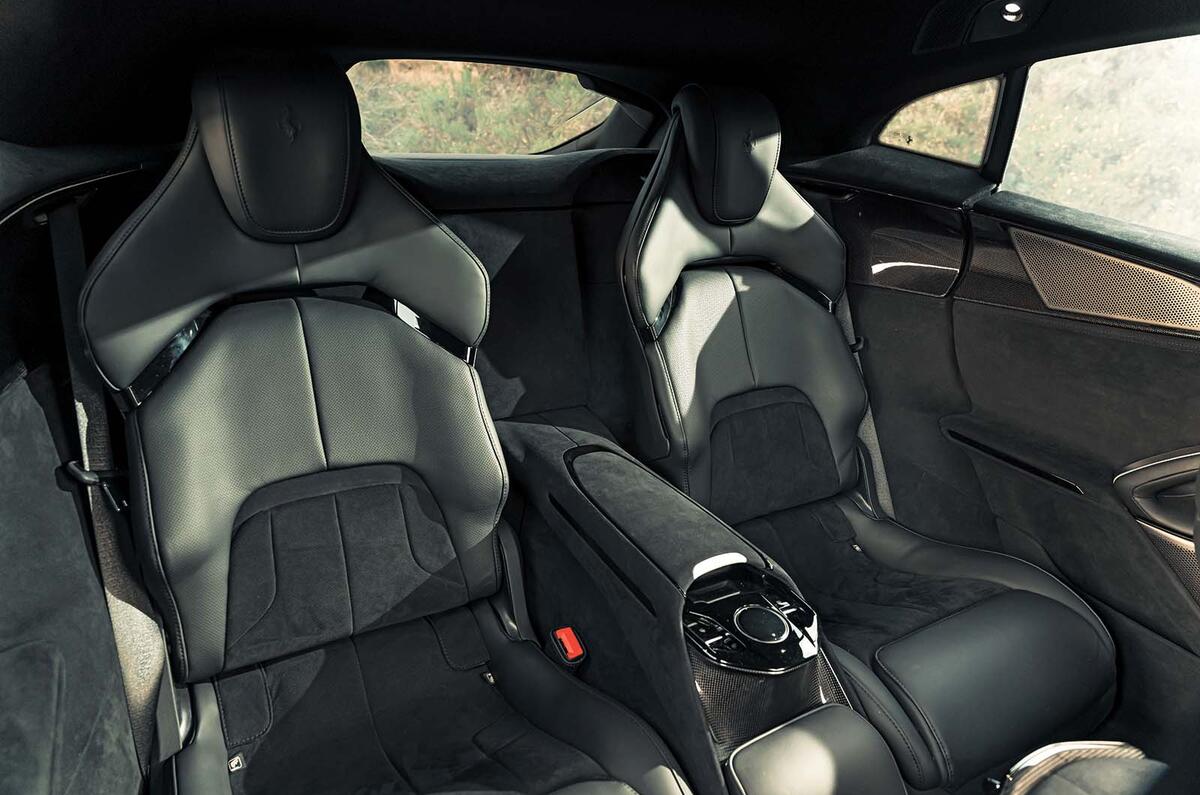
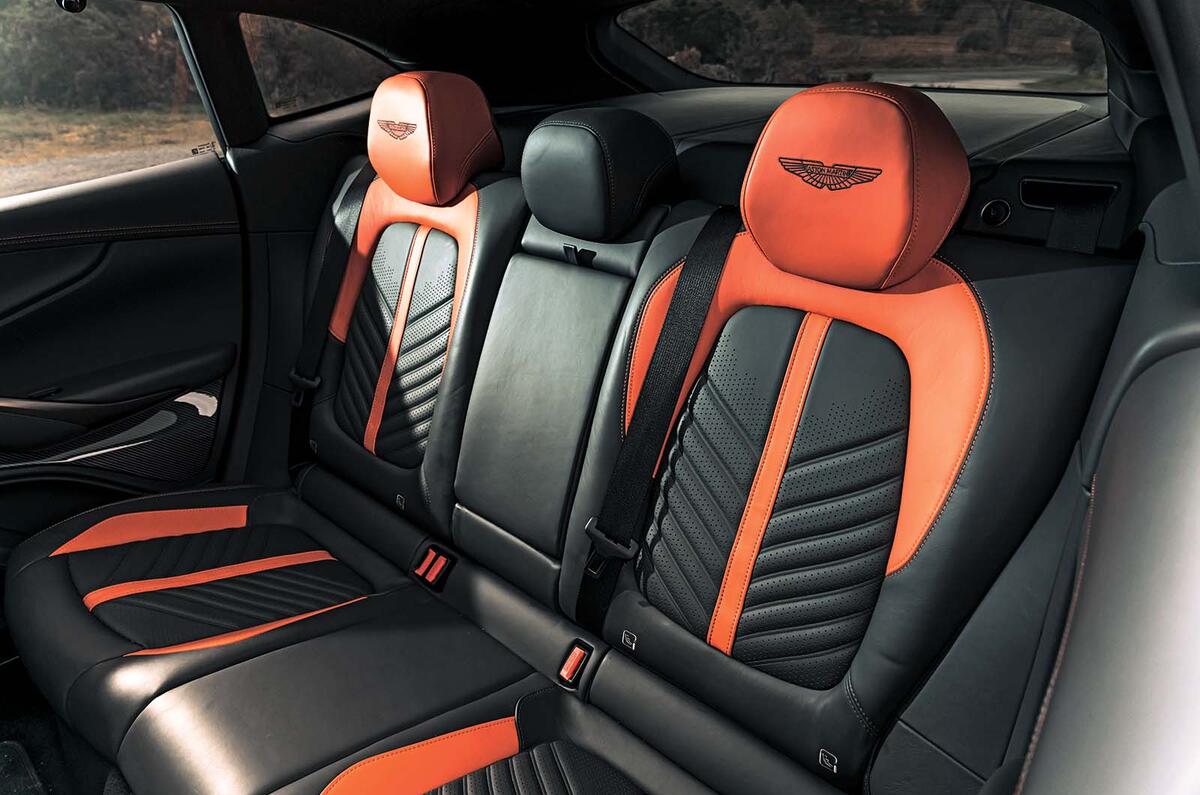
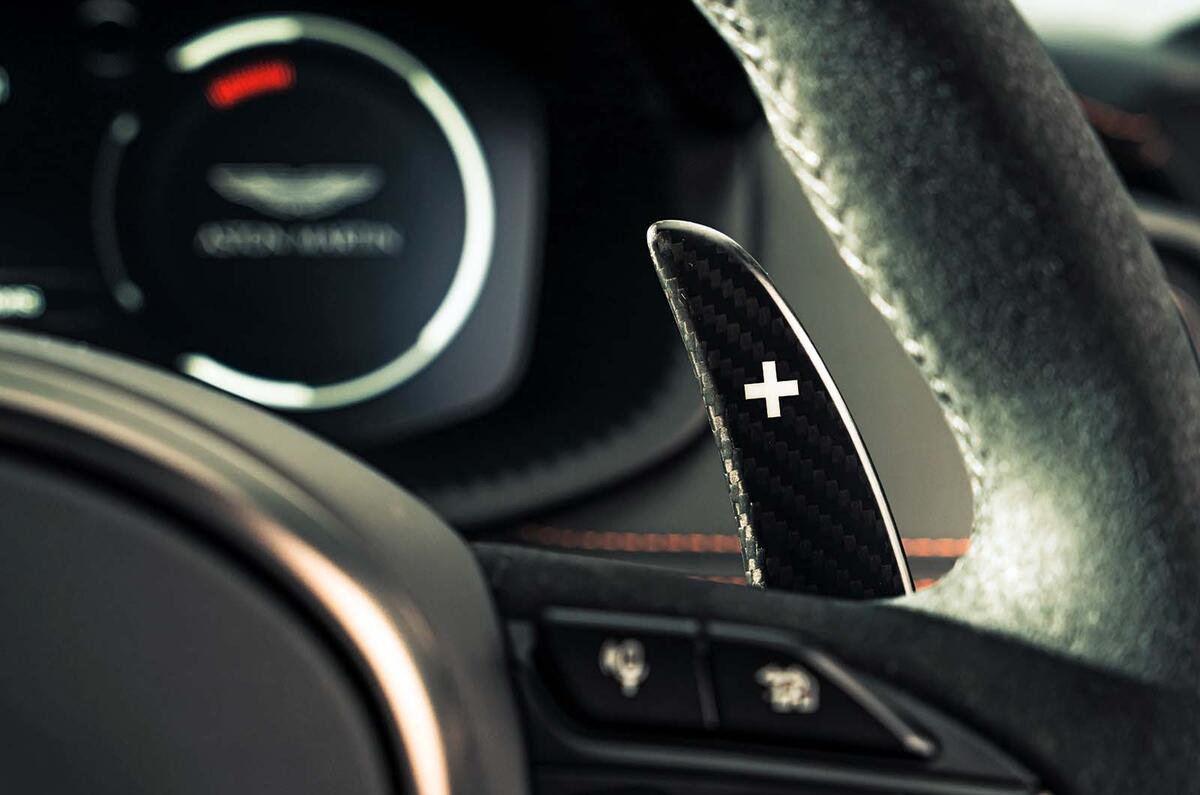
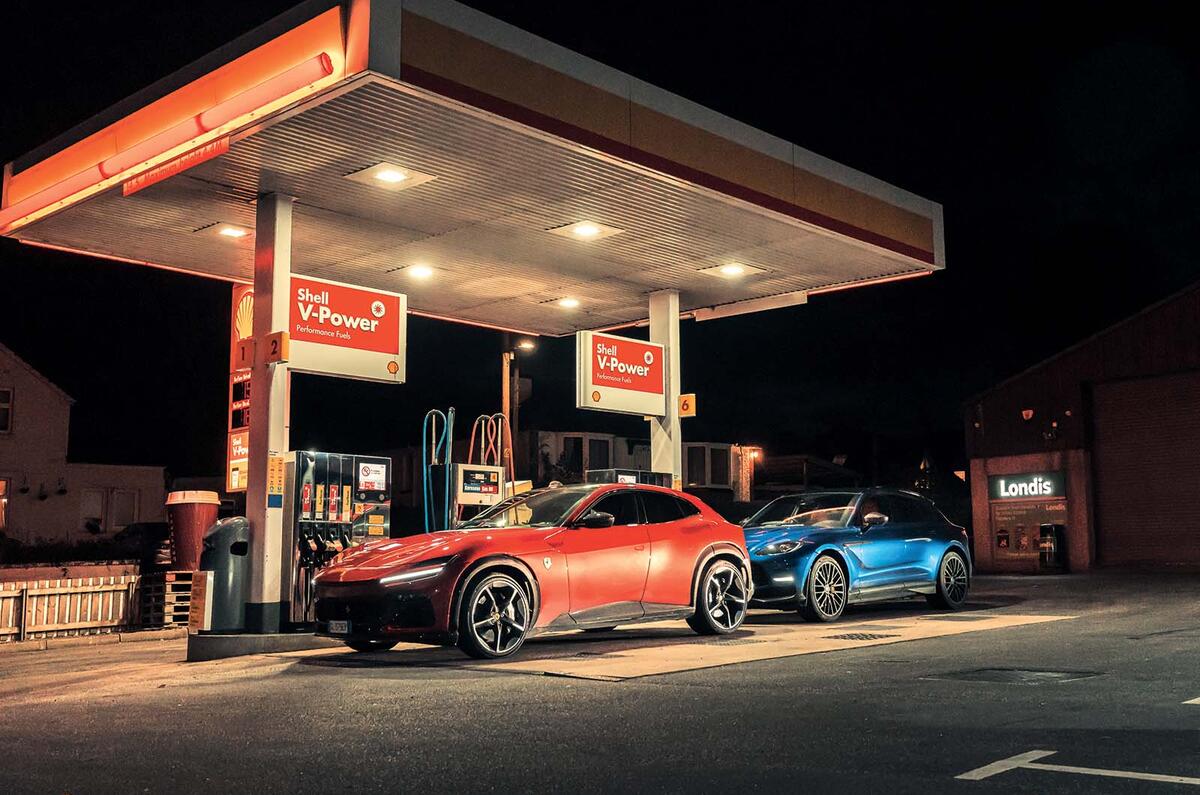
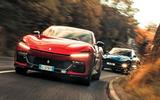
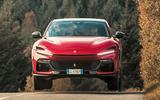
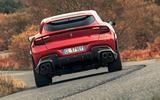


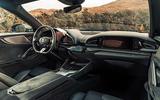

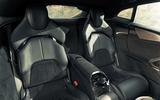
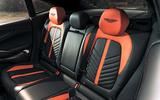

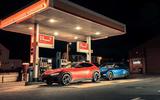

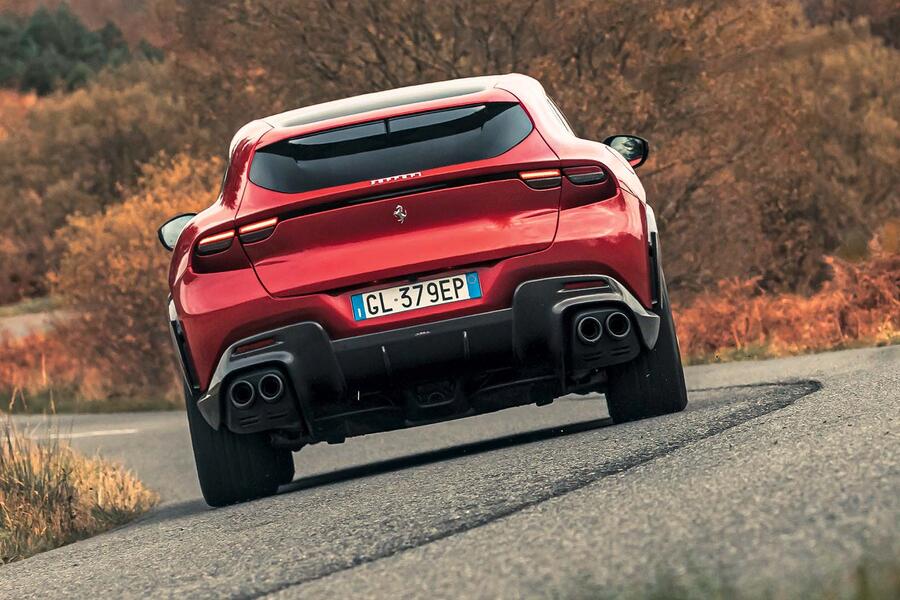
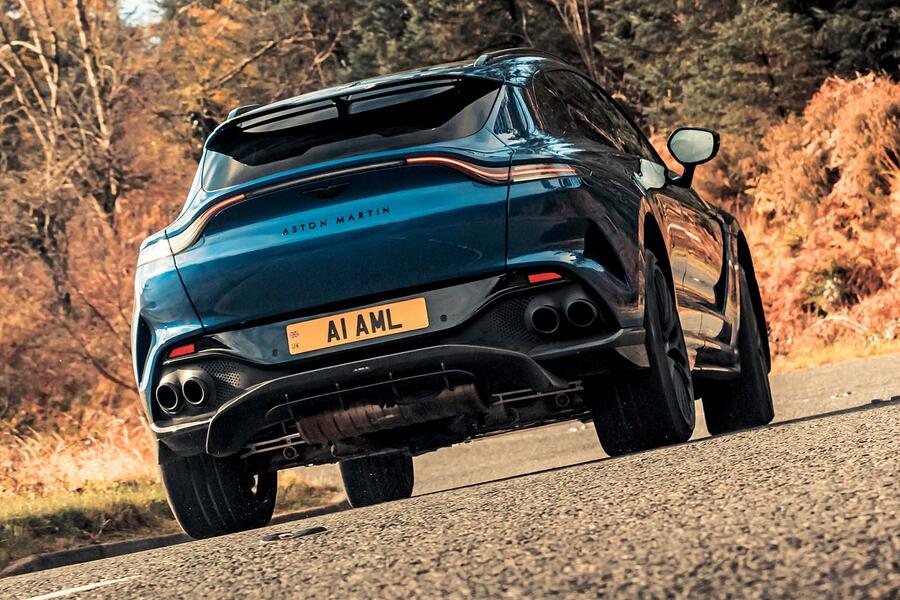
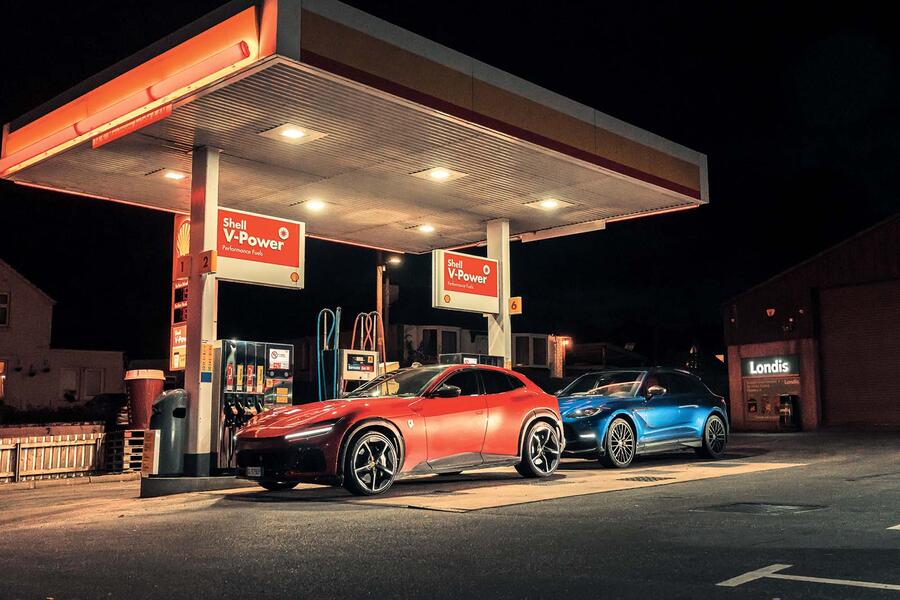
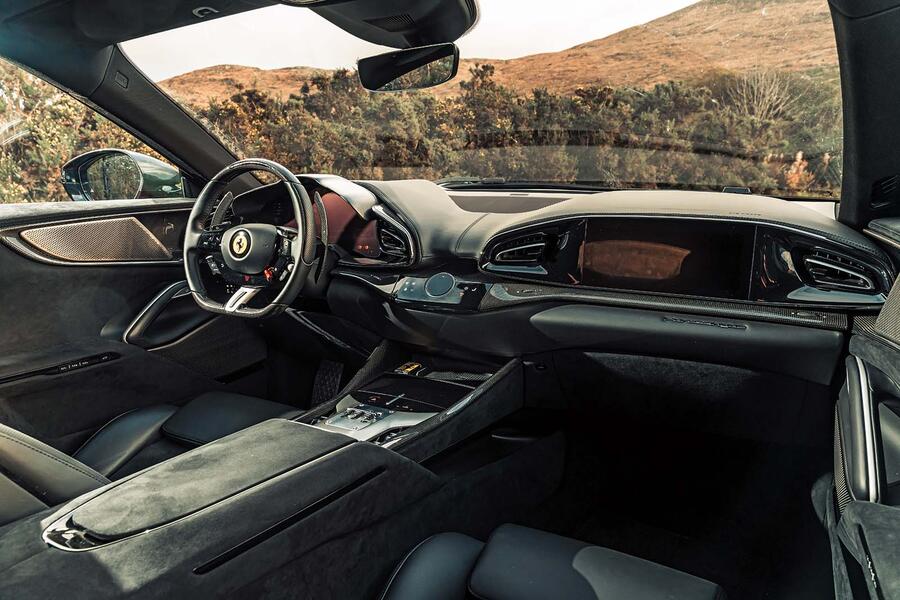
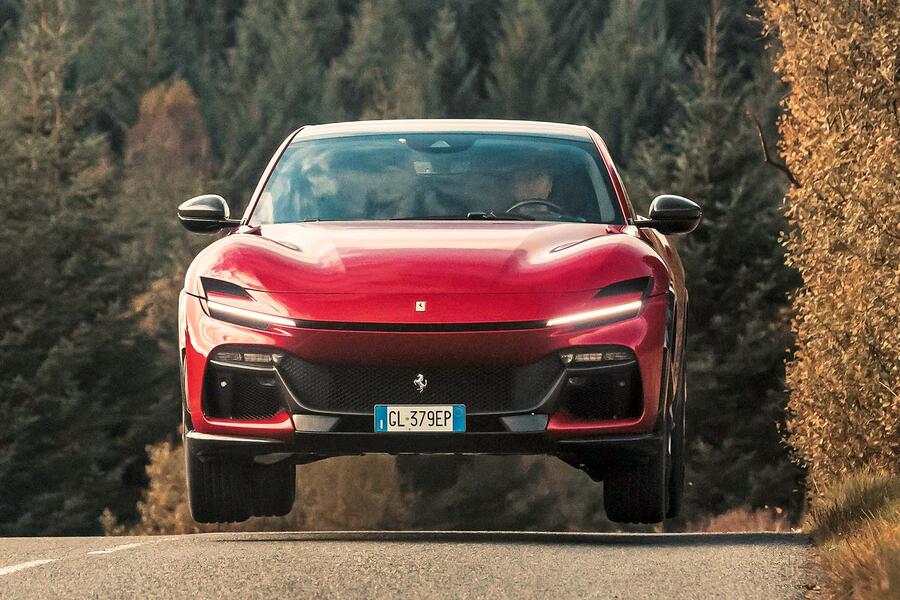
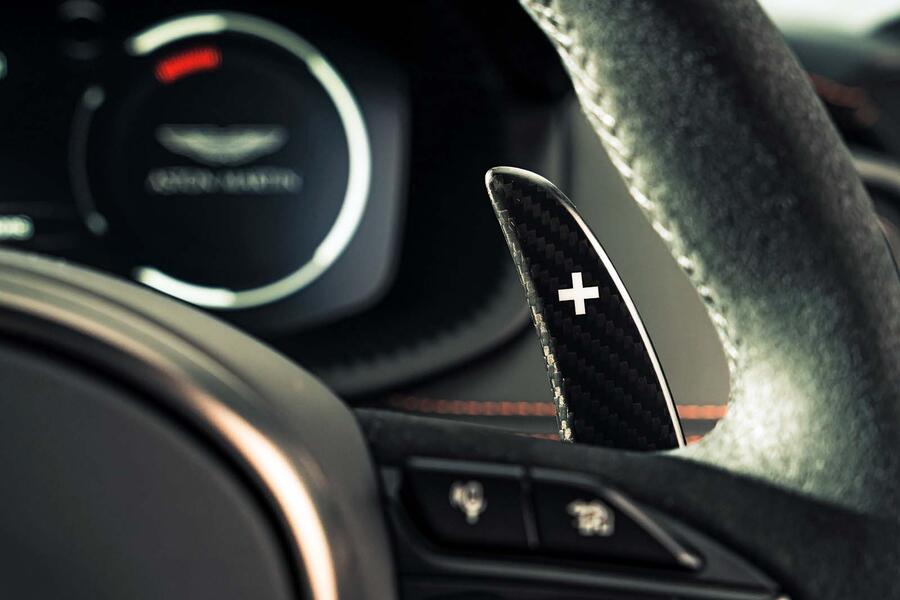
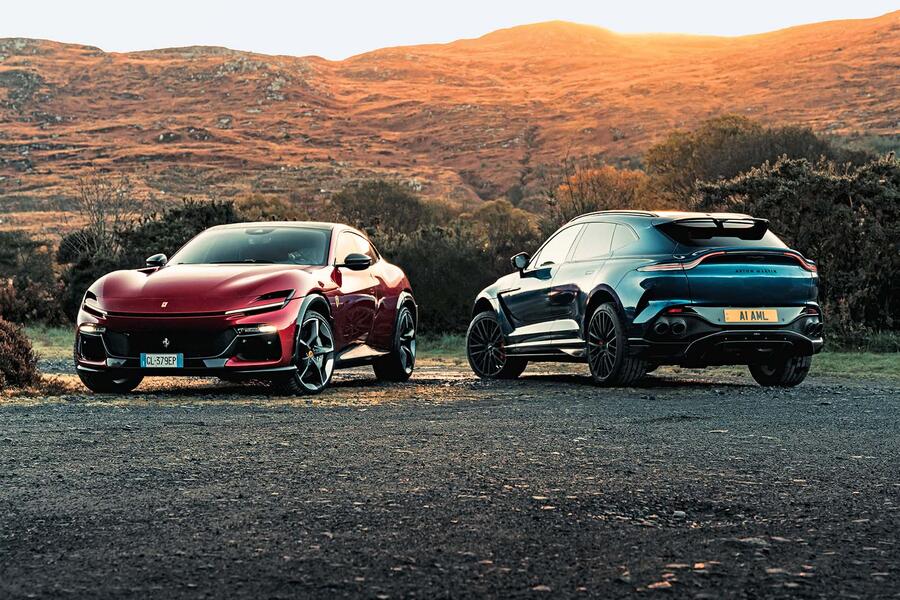
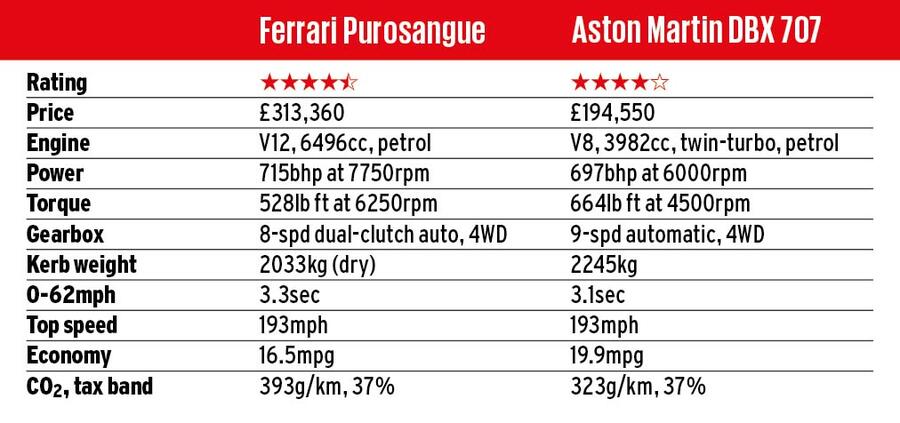





Join the debate
Add your comment
"It’s enough to ensure that while the Brit is heavier and draggier (2278kg on our scales with 87 litres of super unleaded on board, versus 2247kg for the Italian, its 100-litre tank likewise brimmed), it’s also quicker to 62mph by 0.2sec, taking 3.1sec."At least try to get your facts straight. They both do the 0-62 mph in 3.2'' (3.1 is what Aston quotes for the 0-60), Above that speed the Ferrari is quicker.
"Both juggernauts will crack 190mph flat out, making them not much slower outright than their respective super-grand tourer siblings, the DBS 770 Ultimate and 812 Superfast."
If you consider upwards of 20 mph being a small difference...
I mean to write 3.3'', not 3.2''.
Hmm I know muttering rotters don't inhabit the real world but surely comparing two cars with the price of a decently specced 911 is a bit of a stretch? Objectively the AM is far better at doing the job it was intended to isn't it? If you can't drive the Ferrari in town, it has little space and no off road possibility what on earth is the point of it? Ah yes, showing off that's the ticket. Personally I wouldn't buy either but get a Range Rover Sport and have enough saved cash to on a world cruise.
Both fabulous cars but as an aside, a note for the Editor: I've never understood why many motoring journalists like to throw in a couple of rarely used words in their articles, the more letters the better? It's as if there's a lack of confidence and they have to prove they're articulate, which I can assure you comes at the expense of appealing to as wide an audience of readers as possible. Surely that should be the objective?
Perfect example is using a french word in place of the english phrase 'daily driver'. I know a lot of owners of multiple cars in this category and I can assure you none of them has ever used the word quotidien!
Pretentious? Moi?
Space in the magazine – was the only way to get that line to fit